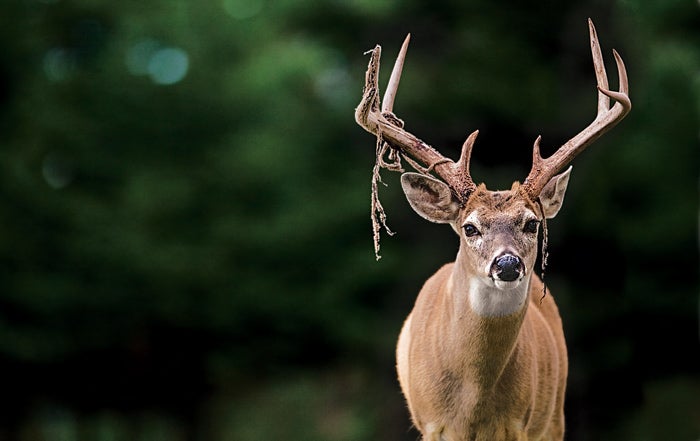Choose the right bow for you
A good personal fitness trainer can help you choose the bow that will work best for your body type. There are two basic kinds of bows, recurve and compound. Recurve is what most people think of when they picture a bow. The string must be pulled back to its full extent before it can be released, which means you have to draw the string further than with a compound bow. This also makes it more difficult because if you don’t put in enough effort at the beginning, things get much harder very quickly as the tension builds up throughout the ‘draw’ process.
Compound bows work differently in that they rely on pulleys or cams near or at the ends of the limbs to give resistance instead of having to draw the string all the way back. This makes it much easier to hold a consistent amount of tension, and also helps you get faster results because your muscles don’t tire out as quickly. A compound bow has the added benefit that it can be adjusted for the length of an individual’s arm or leg, so if you find yourself consistently struggling with pull strength or fatigue, this may be a better option for you.
The most important thing is to listen closely to what your fitness instructor has to say and make sure that you have a good understanding of how your chosen bow works so that you can use it in the safest possible way. Ask questions if anything doesn’t seem clear! And remember: always practice safe hunting even when you’re in the comfort of your own backyard.
Learn your prey’s patterns
Another important aspect of bow hunting is learning how to read the patterns of your target prey. Different animals behave differently, and understanding their behavior can help you plan an effective hunt.
For example, small game such as rabbits and birds tend to be much more skittish than larger animals like deer or elk. This means that you will probably have a better chance at success if you are very quiet in your movements and try to get in close before shooting. Larger game, on the other hand, have been known to use their size to dominate smaller predators like coyotes, allowing them time to relax and not be quite as alert. In this case, you might have better luck stalking from farther away without making too much noise or quick movement.
As you can see, there is a lot to consider when planning a bow hunt. But with a little bit of knowledge and preparation, you can be sure to have a successful and safe experience.
Practice, practice, practice
Of course, no matter how much you learn about bow hunting, the only way to really get good at it is to practice. And the best way to practice is with a friend or family member who can act as your spotter.
A spotter is somebody who stays close by while you are practicing, and helps you keep track of where your arrows land. They can also give you feedback on things like your form or technique. It’s helpful to have somebody else there to give you an objective point of view so that you can make sure you’re doing things right.
If you don’t have anybody available to act as a spotter, another option is to set up a target in your backyard and take shots at it from different distances. This way, you can at least get a feel for the right amount of tension to put on the string, and how to aim correctly.
The more you practice, the better you will become at bow hunting. And who knows, maybe one day you’ll even be able to take down that big buck you’ve been dreaming of!
Be patient and wait for the perfect shot
One final piece of advice for bow hunters is to be patient and wait for the perfect shot. It can be tempting to take a shot as soon as you see your prey, but it’s important to remember that a successful hunt is not just about getting an animal in your sights.
You need to make sure that you are close enough to ensure a clean kill, and that there is no chance that you will miss your target and injure the animal. If you’re not 100% confident in your ability to make the shot, it’s better to wait for another opportunity than to risk wounding an animal.
Patience is key in bow hunting, both in terms of waiting for the right moment to take your shot, and in terms of practicing so that you can improve your skills. With time, patience, and hard work, you’ll be able to enjoy the thrill of a successful bow hunt.

